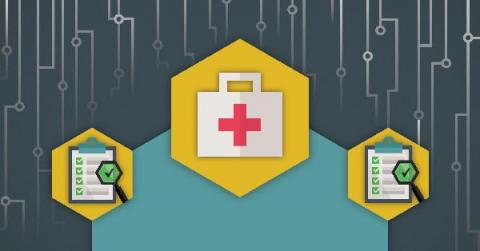What is Digital Risk Protection and Why Do You Need it?
The growing use of digital assets within a business delivers all sorts of operational benefits to the organization in question. These technology solutions, however, also come with numerous associated risks and an increased overall threat landscape. You can address these risks by investing in digital risk mitigation and remediation activities as part of a digital risk protection initiative.






